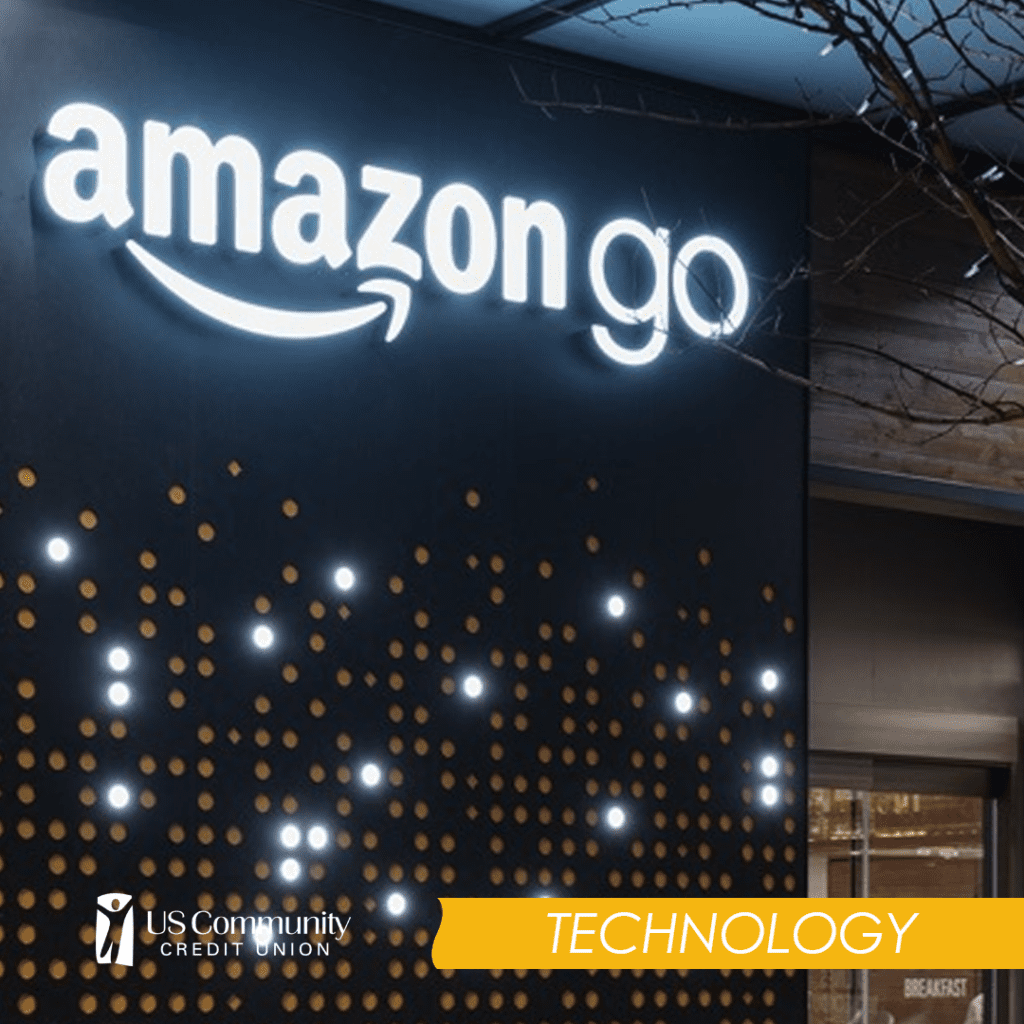
You’ve picked up your last item, and you’re ready to check out. But if you thought choosing the right blend of K-cups was a tough decision, that’s nothing compared to the choice you’ll have to make now. Do you go to the aisle with the most carts that has the fastest cashier? Do you take your chances behind the mom with the screaming baby and whiny toddler? Can you squeeze into the “20 Items or Less” aisle (even though you may be one or two items over)?
Tough decisions, indeed.
That moment of tension might soon go the way of the 8-track and cassette.
On Jan. 22, amid much excitement and media attention, Amazon threw open the doors of its revolutionary cashierless store to the public.
Using sophisticated cameras and a simple phone scan, the store allows shoppers to walk in, pick up what they want, and walk out. No lines. No cashiers. No bagging. No fuss.
Sounds incredible?
While the quick-in and quick-out appeal might be super-convenient, like all advancements in technology, it comes with a price.
Here’s a quick look at why Amazon Go may not be the best thing since sliced bread, and a deeper look at how it may affect the economy.
1.) Super techy or super creepy?
As our lives become more digitized, true privacy is becoming a rare commodity. Your online browsing activity is already tracked and monitored. The purchases you make on the internet are duly recorded. And, if you step into Amazon Go, the giant e-tailer will also know if you prefer Oreos to Chips Ahoy.
Amazon didn’t provide many details about its tracking system, but the company claims the hundreds of cameras in its new store are not that different from everyday security cameras. The cameras track the shoppers’ movements as they walk through the store, sensing which products they pick up or put down. There are also weight sensors installed in every shelf to help the computers recognize when an item has been grabbed.
Sounds like a store from the future? Maybe. But do you really want to give the commerce giant more knowledge about your personal preferences and shopping habits than it already has?
This isn’t “Big Brother is watching.” It’s more like “Thanks for shopping with Big Brother.”
2.) Less impulse control
The longer we have to think about something, the more of a fighting chance we have of making the right decision.
With Amazon Go’s speedy shopping experience, there’s no more dawdling over items while waiting your turn at the checkout. This means if you’ve got something in your bag that you know shouldn’t be there, it’s going to be that much harder to put it back.
To make it even worse, Manoj Thomas, professor of marketing at Cornell University, says that when people use any abstract form of payment, they tend to spend more. You can’t get much more abstract than a cashless and cashierless store. Amazon Go might be the perfect place for overspending on impulse purchases.
3.) Loss of the human touch
There are few commercial interactions as intimate as the one you share with the cashier in your local grocery – there’s that shared laugh over the extra chocolate bar, the brief commiseration over the miserable weather or the clucking over the rising price of gas. With Amazon Go, that human touch may soon be gone forever.
While these reasons might be enough to convince you to skip the trip to Amazon Go if you live in Seattle, it gets a whole lot worse. Amazon has not shared any plans of rolling out more cashless stores for the time being, but financial analysts predict it won’t be long before more such stores crop up around the country. It’s also likely that other retail giants, like Walmart or Target, will soon open their own brands of Amazon Go.
If the cashierless trend swells, it may dramatically erode the second-most-common job in the country; according to federal data, there are currently 3.5 million Americans who work as cashiers.
It’s not just groceries that will be impacted if the movement continues to grow.
Amazon has boasted that it plans to create an additional 100,000 jobs each year, but what Jeff Bezos won’t say out loud is that for every Amazon job created, another 2 or 3 jobs are lost.
Amazon has already revolutionized the way Americans shop, and online purchases have been outnumbering brick-and-mortar purchases for a while – and half of those are made through Amazon. But this new trend is taking things to an entirely new level.
What’s next? Cashierless clothing boutiques? “Just Walk Out” electronic stores? Tens of thousands of retail workers have already sacrificed their jobs to online convenience. Will that number soon triple?
You can’t stop technology from advancing. In fact, you might even embrace it. But, you can do your part to keep a vital part of our country’s economy thriving.
Here’s how:
- Support your local small businesses. Shop the mom-and-pop stores when you can and keep the human touch in your life.
- Order less online. It might be more convenient to do your shopping from your living room couch, but why not help keep a local community member in business instead?
- Choose American made. You will definitely need to order some things online now and then. When you do, check that the seller and manufacturer live in the good old United States and do your part to keep our economy booming.
Amazon Go may be super-cool and futuristic, but the toll it may take on our economy is worth a second look.
Your Turn: If an Amazon Go store opened in your neighborhood, would you shop there? Why?
SOURCES:
https://www.google.com/amp/s/amp.usatoday.com/amp/1071105001
https://www.google.com/amp/www.chicagotribune.com/lifestyles/ct-life-cashless-shopping-future-0125-story,amp.html
https://www.google.com/amp/s/www.washingtonpost.com/amphtml/news/business/wp/2018/01/22/inside-amazon-go-the-camera-filled-convenience-store-that-watches-you-back/
https://www.google.com/amp/s/www.marketwatch.com/amp/story/guid/3DEAB5E4-DBFB-11E6-84DD-F488D3AD0F91